Over the years I actually have detected several common myths or fallacies regarding machine embroidery. These concepts area unit perpetuated in categories and particularly on the web. Here area unit twenty well-liked misconceptions and their corresponding truths.
Myth 1—I got to savvy to stitch to use associate embroidery machine
Reality
It is entirely reserve to grasp a way to construct a garment or maybe a pillow for that matter. on the far side threading the machine and loading a spool, there’s not abundant in common between the 2. With embroidery, the machine guides the material.
My friend was my initial machine operator and he did not understand the primary factor regarding stitching machines or stitching – nor might he tell a knit from a woven! – nevertheless he quickly picked up the technique (after inserting the ring the other way up, a needle backwards, and a spool in wrong -very shivery considering that machine price the maximum amount as my initial house!)
Myth 2—When hooping continuously stretch the material tight as a drum within the hoop and tighten the screw the maximum amount as doable for embroidery
Reality
Stretching material throughout hooping distorts most materials leading to puckering once the material relaxes back to its natural size once it’s off from the ring. This puckering is increased once stitching with polyester thread, particularly if your machine tensions area unit too tight and you’re stitching at a high speed. (See article on tensions.)
Exceptions to the no stretching rule embody Lycra and alternative materials that area unit worn stretched on the body, that ought to be stretched thereto degree within the hoop.
Tightening the screw doesn’t equally distribute tension round the perimeter of the ring. In fact, it really loosens the material within the space of the screw! don’t think me? attempt it yourself. Hoop a chunk of cloth in an exceedingly untangled hoop, then tighten the screw. Gently run your fingers over the hooped material and you will notice it feels spongy close to the screw.
Myth 3—Use one tearaway for wovens, a pair of for knits… the dilutant the material, the heavier the stabilizer… the heavier the material, the dilutant the stabilizer
Reality
Ahhh, if solely it were this simple! but, there are not any rules for choosing backings. Your alternative ought to be supported material stability and also the style elite. as an example, sweatshirts area unit thicker than nylon material however sweatshirts area unit elastic and material is stable. you will solely want stabilizer for material to stay it from slippery through the ring since it’s thus skinny and slippery.
Design size and sew count and/or density additionally have an effect on stabilizer alternative. an occasional impact style like redwork or appliqué needs less stabilization than a high impact style. The latter includes styles with registration crucial details (running sew outline) and/or styles with high sew counts, massive fills, layers of stitches (lots of shading and/or highlights), or fills running in many ranging angles.
Tip: if you’re new, use cutaway for everything!
Myth 4—Serger thread makes the proper spool thread for embroidery
Reality
As in baking, the most effective embroidery is achieved once victimisation applicable ingredients. spool thread for embroidery is:
The right weight (approximately sixty wt)
The right strength
Smooth and slub-free
Made for embroidery!
Myth 5—A sensible style sews out utterly on any machine, fabric, colour, and texture anytime. If not, it is a analog-digital converter downside.
Reality
No style sews fully utterly – ever! Embroidery is associate art, art isn’t good. Consider, too, that the ring is moving and also the material is being distorted by the strain of the stitches actuation and pushing it.
That said, there’s clearly a distinction between sensible embroidery and manufacturing an expert wanting result, because it may be a partnership between the analog-digital converter and also the needleworker. Factors that may have an effect on embroidery quality include:
Needle may be deflected by previous sewes or the weave of the material forcing a stitch to be created
Thread tensions/jerks will cause a needle deflection
An old/dull/damaged needle will cause skipped stitches
Overly tight needle/bobbin will cause gaps and poor alignment, referred to as registration problems
Poor hooping techniques may end up in material slippery throughout embroidery
Poor selection/use of backings and toppings will cause gaps and poor alignment
The wrong fabric/design combination may end up in an exceedingly disaster, at worst
Textured materials and high distinction colors need totally different digitizing techniques than average materials
Proper digitizing is simply alittle a part of manufacturing top quality embroidery!
Myth 6—When outlines area unit off, it continuously suggests that a poorly digitized style.
Reality
Reputable firms check their styles (how does one assume they get the photographs of their embroidery for his or her catalogues?) Outlines could also be misregistered due to:
Fabric slippery within the hoop
Backing breaking down and compromising stability before the define sews
Backing not stable enough for cloth
Needle/bobbin tensions too tight and inflicting excessive actuation
Solutions
Test the look on a stable, neutral colored material with the material grain running up and down
Make sure the machine is clean, tensions area unit good, and also the needle is new
Make sure the material doesn’t insert hoop
Sew on calico, broadcloth, or the material counseled with one cutaway
Don’t expect perfection however do demand quality
Needle deflections can cause slight deviations
If it sews well, it’s not a style downside.
Myth 7—Always use a size ninety sewing needle.
Reality
You should use a needle that’s massive enough to hold the thread through {the material|the material} while not harm to either thread or fabric. this implies finer threads/fabrics need a finer needle whereas heavier threads/fabrics use a heavier needle.
I notice that for serious or durable materials, I switch to associate eighty needle with forty weight thread otherwise I most frequently use a size seventy five. I do use associate sewing needle for nearly each project, even once stitching with gold threads.
Related Posts
Discover relevant articles, tutorials, and tips to improve your skills and explore new techniques.
Stay inspired and connected to our embroidery community.
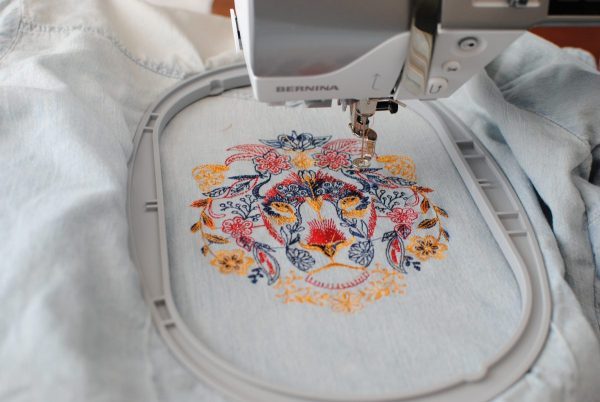

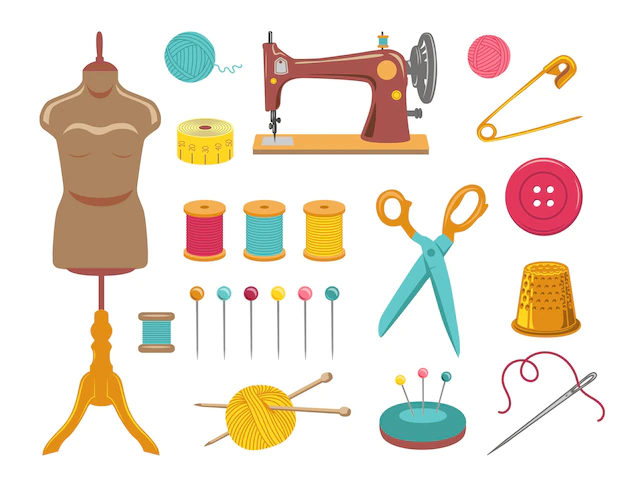
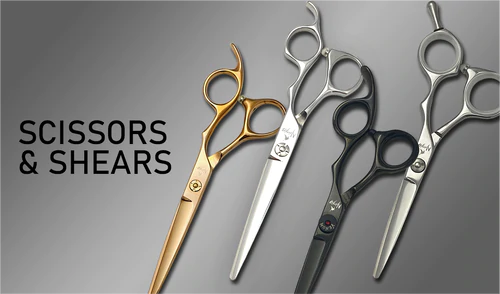
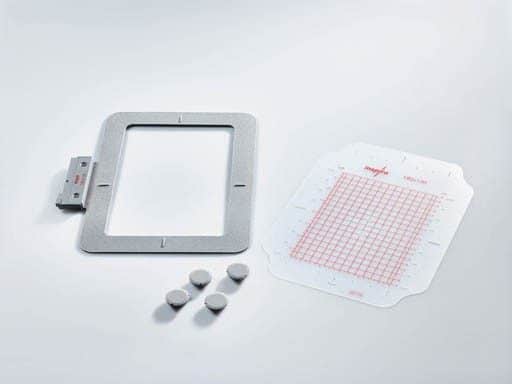
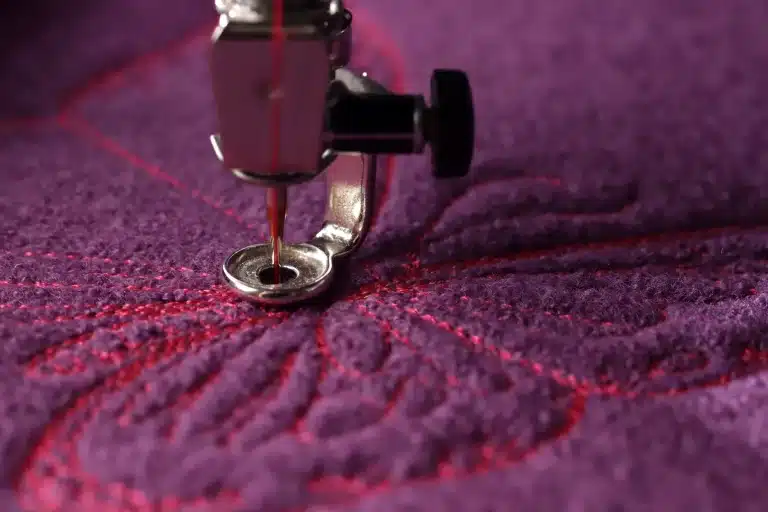

you’re really a excellent webmaster. The site loading velocity is incredible.
It kind of feels that you are doing any
distinctive trick. Also, The contents are masterpiece.
you have performed a magnificent process in this subject!
Great Web site, Continue the wonderful job. Thanks a lot!
Wow, that’s what I was looking for, what a data!
existing here at this weblog, thanks admin of this
web page.
Hi there! This post could not be written any better!
Looking through this post reminds me of my previous roommate!
He constantly kept talking about this. I’ll
forward this article to him. Fairly certain he’s going to have
a good read. Many thanks for sharing!
I’m extremely impressed with your writing skills and
also with the layout on your weblog. Is this a paid theme or did you customize
it yourself? Either way keep up the excellent quality writing, it is
rare to see a nice blog like this one today.
Hi there, I discovered your blog by means of
Google at the same time as searching for a similar matter, your website came up,
it appears good. I have bookmarked it in my google bookmarks.